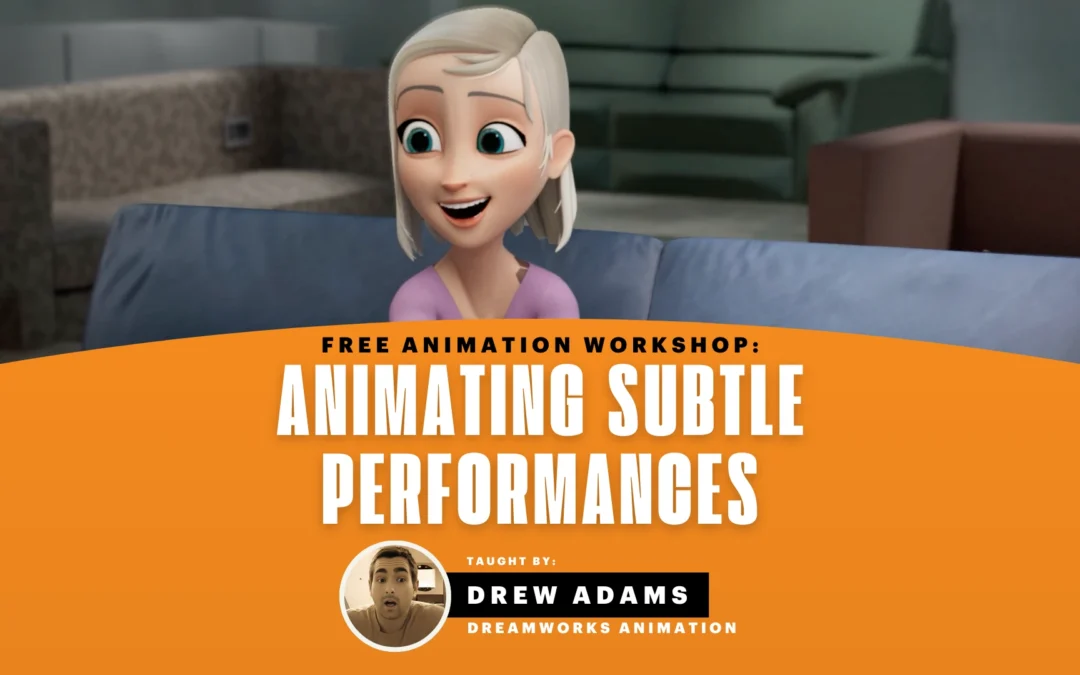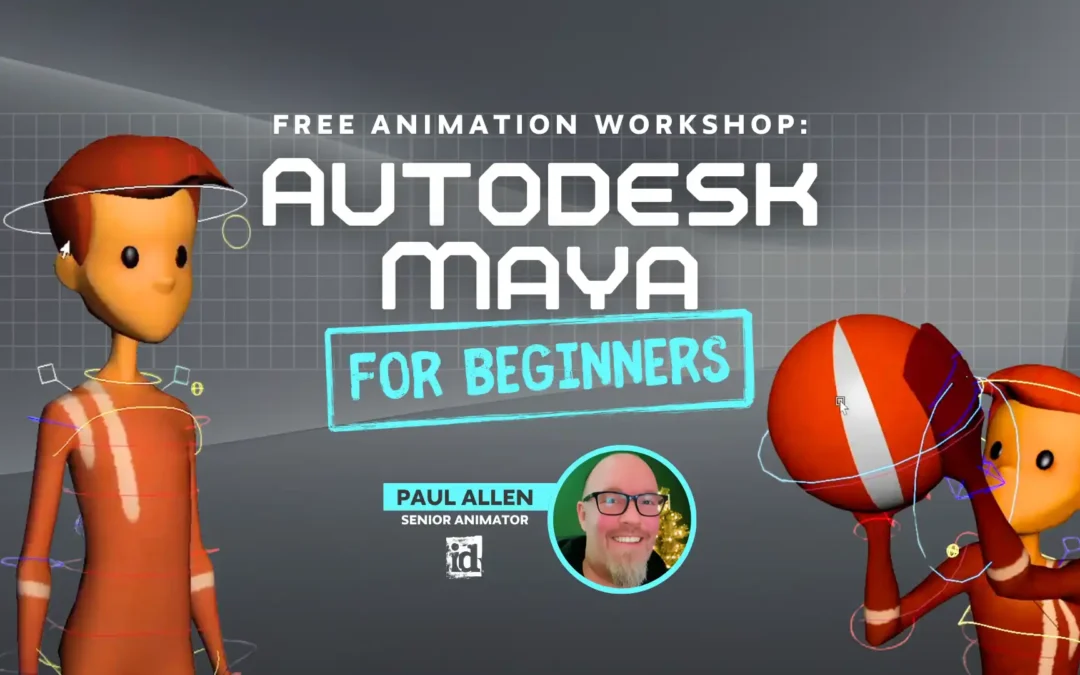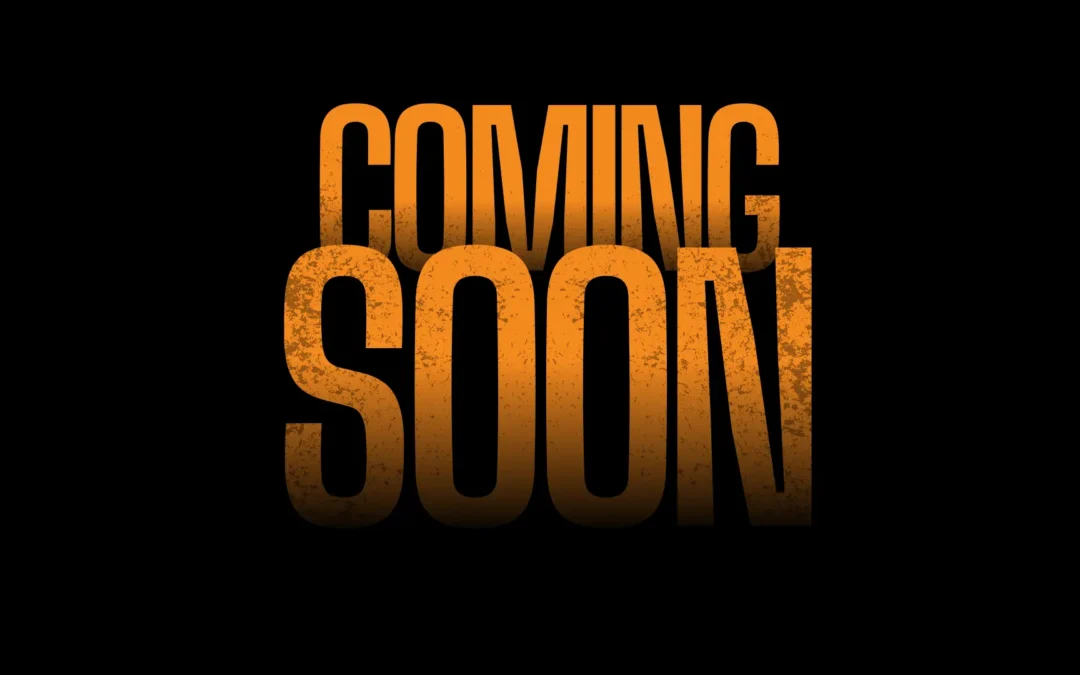
Coming up with a great idea for an acting test is difficult. What are some things that can help make it more interesting and less generic? How do you choose the right audio track? What kind of things do people want to see in a reel? Too often you see a medium shot of a character standing in the middle of a room, quoting a popular movie and gesturing at the camera. This is unoriginal and will not stand out in a reel, no matter how well it is animated. So, what can you do to spice it up?
First and most important, finding a good dialog clip can make or break your animation. You can get audio from anywhere; radio, real life, television, and film. But there are some guidelines to keep in mind when searching for an appropriate clip. If you are planning to use your demo reel, the topic should not be too offensive or dark. Lots of swearing or upsetting subject matter is not a good idea. If the audio is very hard to understand it should also be avoided. And avoid very calm deadpan lines which make it difficult to have interesting animation is not a smart choice.
Give yourself a clip with some emotion to work with! Like in this shot by Mariana Galvao, featured in our 2016 Student Showcase
And above all, avoid popular quotes from movies. When someone sees you doing animation to “I am your father!” Everyone is going to be visualizing the film it is from, instead of seeing your animation unbiased. Often favorite moments from films are what people choose to animate, but this is a bad idea. Just because it is a well known quote does not make it a good choice for an animation piece. Try not to use audio from an animated movie, because it’s been done before and may influence you. For this same reason you don’t want to emulate the acting of the live action movie. It will be hard to top the performance of a great actor doing a line everyone knows.
Another great example of intense emotion, this one by Sunhee Montenegro for Class 4: Intro to Acting
You want dialogue with an emotional exchange. Where somebody wants something from another person. Love, respect, payment, revenge, understanding. Having someone reading off a shopping list, or an emotionless TV announcer reporting the news, is not going to give you something substantial to animate no matter how funny the punch line is. And finally, it is great to find clips with stutters, coughs, gasps, breaths, sighs, pauses, and things that add time for you to put those little gold nuggets of life into your animation.
Dynamite facial expressions and subtle movements make this shot by Claire Bagory for Class 6: Feature Animation Acting & Polish
Once you have chosen a clip that inspires you, start visualizing how to approach the acting in an original way. Don’t just have your character stand up and say the line like he is acting for his parents in the living room. Let the character be living life. Ed Hooks said in an acting lecture I went to that acting starts in the middle of a scene. Something already happened before and will happen after. Think of motivation and personality first. Where was your character before your shot? Where is he going next? What was he doing? Feeling? Perhaps he just found out he got a promotion, or his car was stolen. That will affect how he starts the scene emotionally. Also keep in mind what the character is thinking versus what he is saying. It could be completely opposite, and this can have ironic, emotional, or comedic effects on the animation.
You instantly learn a lot about this character’s personality in this shot by Yaoyao Ma Van As from our 2016 Student Showcase
And physically, what is he doing during the dialogue? Even everyday activities can make your animation much more believable and interesting. Climbing out of bed and turning off the alarm. Making the bed. Using the hair dryer. Using a toothbrush. Setting the table. Making a cup of coffee. Slicing a grapefruit. Eating breakfast. Washing dishes. Organizing a briefcase. Taking out the trash. Riding the subway. Getting in a car. Driving it. Typing on the computer. Taking notes on a pad. And that is just one morning of activities possible for your character!
The secondary actions really sell this intense shot by Brendan Kirschbaum, animated for Class 5: Advanced Acting
Maybe he is washing dishes and visibly upset from something that just happened. The animation could start with him slamming down his plates into the sink and turning the water on as he begins his line. Then drying his hands on his shirt forcefully as he talks. Or maybe he is peeling an apple, and on each accent he makes a cut, glaring menacingly. Or maybe he is frantically searching his desk and briefcase for an important piece of paper while nervously glancing up quickly during the dialogue.
Nick Kondo illustrates the effectiveness of giving your character something truly interesting to do!
Making your character doing something while acting can make a test so much more natural and original. But be warned, don’t do something just to do it. Find something that supports the scene emotionally, or it may distract rather than help. Nothing is wrong with a character just standing in the middle of a room gesturing, sometimes less is more. But if you put your mind to it, you can probably come up with something more interesting.
Time to brainstorm!

Want to be learn from professional animators?
Start your animation journey by learning with professional animators from a variety of studios and career paths! Get more information about Animation Mentor’s Character Animation Program.



